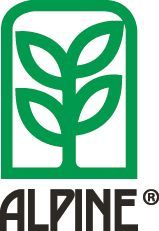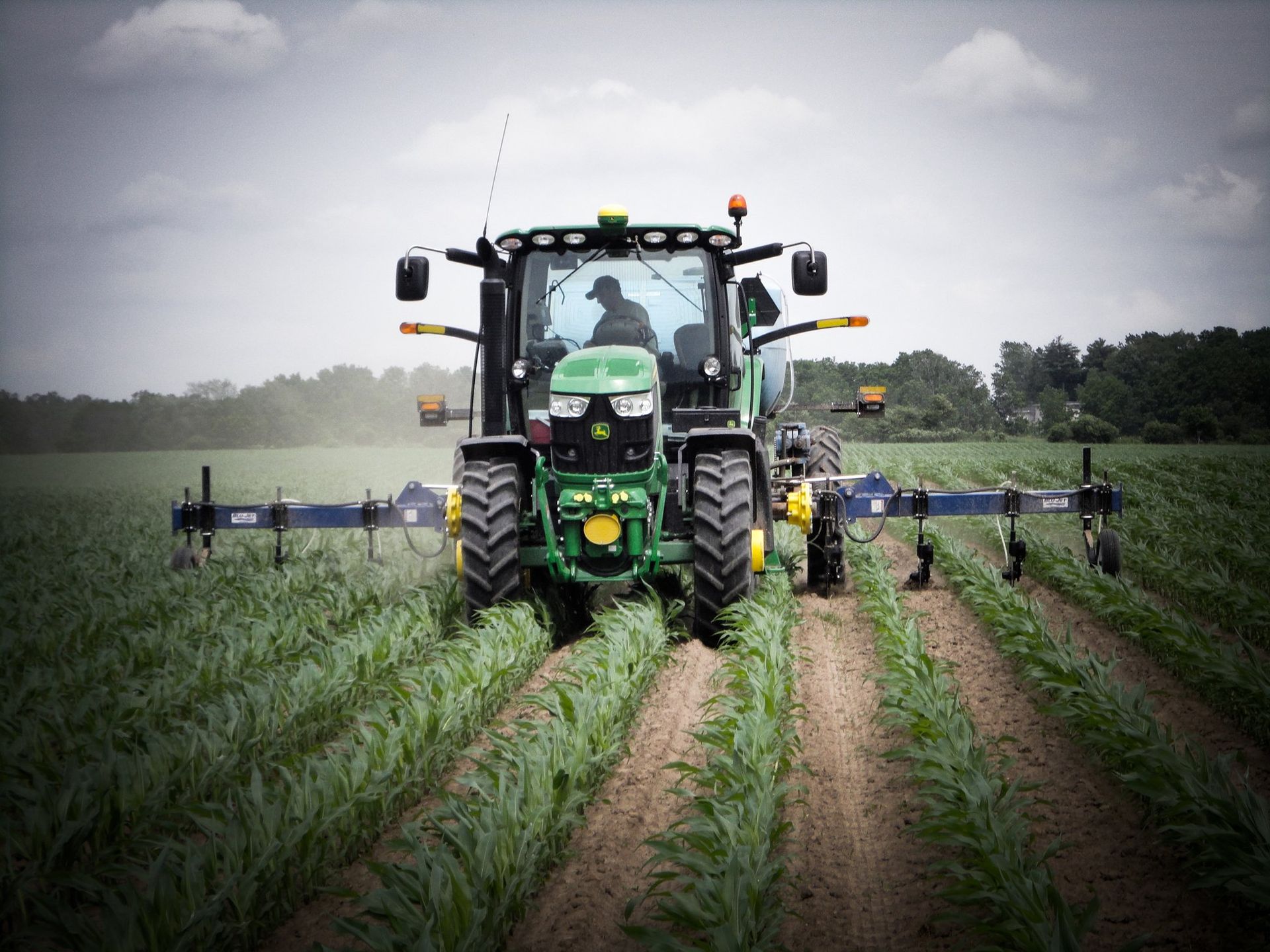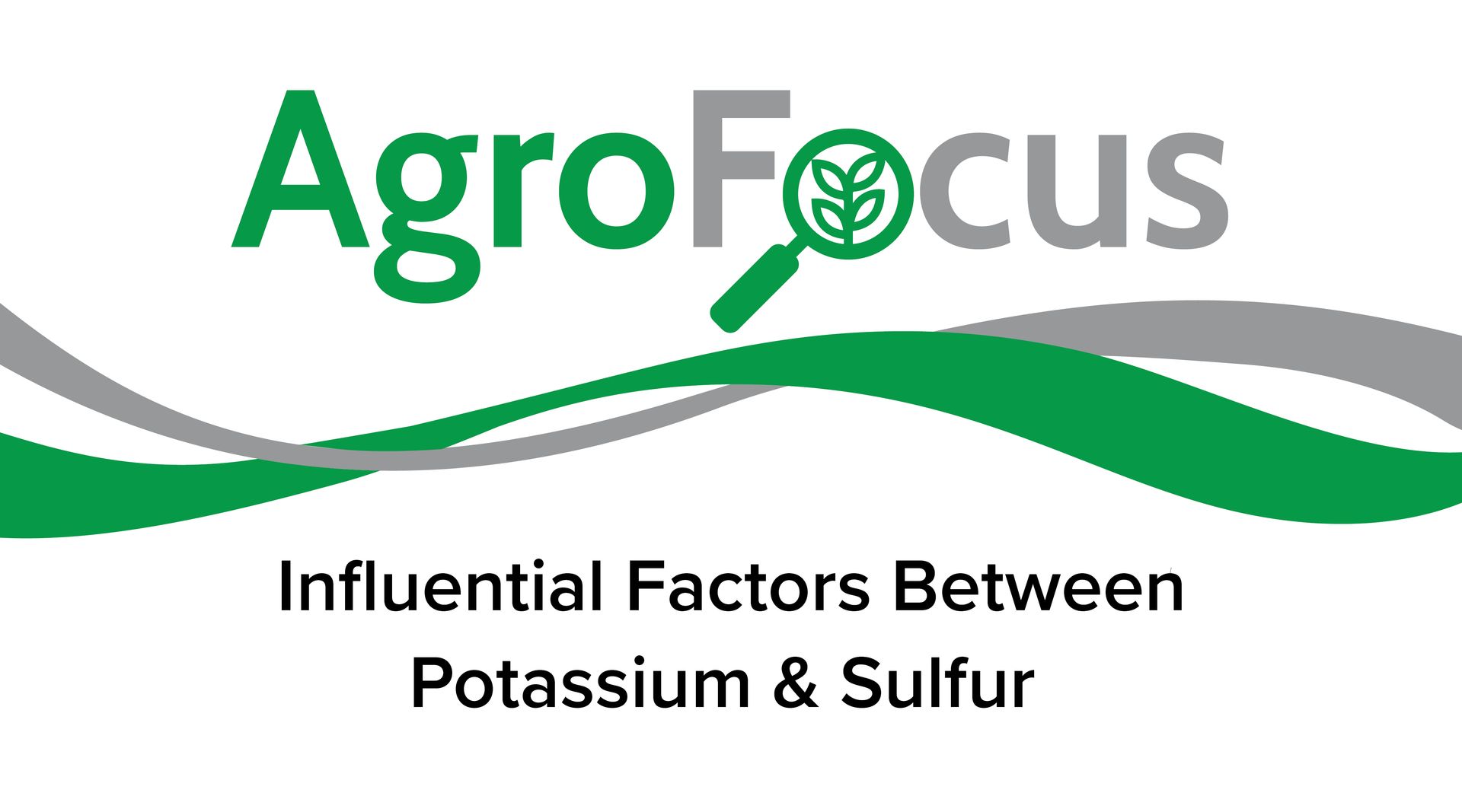Bio-K Opportunities with 10-34-0 and Liquid UAN
Much has been promoted and said about NACHURS Bio-K and its unique properties that provide profitable benefits when incorporating this advanced form of potassium into crop fertility programs.
Here are some factual reminders regarding the importance of supporting your potassium management system by incorporating Bio-K into your program.
- Since plants grow, live, and die by its root systems, it is imperative that a balanced, available, and soluble nutrient management program be incorporated into any fertility program.
- Potassium provides key components to overall plant health including internal cell pressure, nitrogen use efficiency, stalk strength, drought stress, plant defense mechanisms, photosynthesis, and transport of plant nutrients, among many others.
- Plants drink their food which means solubility and plant availability is extremely important.
- Most plants demand high volumes of K late midway through the season, when most of its energy is being funneled into reproduction, just as available K normally begins to run short.
- Not all potassium is plant available, especially at peak demand. Countless producers share concern that even though soil K ppm levels may be high, they continue to see deficiency symptoms late season, sometimes after pre-applying 300 + pounds of KCl/ac. The plant simply runs out of fuel or available plant potassium when it needs it the most.
- Science and research has proven time and time again that Bio-K is the most soluble, most plant available, and most compatible form of K there is.
- All liquid UAN sidedress users should seriously
consider adding some Bio-K to that program.
It is the perfect opportunity to upgrade UAN with plant available potassium.
Providing plant available K as a
supplement to soil applied K will greatly enhance the uptake when paired with
UAN at sidedress at low ratios (10:1 is most common).
- Due to Bio-K’s organic acid properties, this source of potassium is providing a premium carbon source for production of primary and secondary metabolites in the plant as well as for the microbes in the soil to feed on. These rhizobacteria will be grateful for the abundance of root exudates and tasty carbon source, which will ultimately lead to plant productivity and yield.
- Due to its basic science, NACHURS Bio-K product line supports a healthy environment for meaningful conservation management and sustainable agriculture.
As has been stated before, NACHURS Bio-K product lines deliver tremendous value and help achieve sustainable plant growth and development at critical stages, healthy soil biology, and production capabilities. Keep in mind that NACHURS Bio-K products are true plant food solutions and our goal is to feed plants with available, compatible, and soluble plant food when plants need it.











